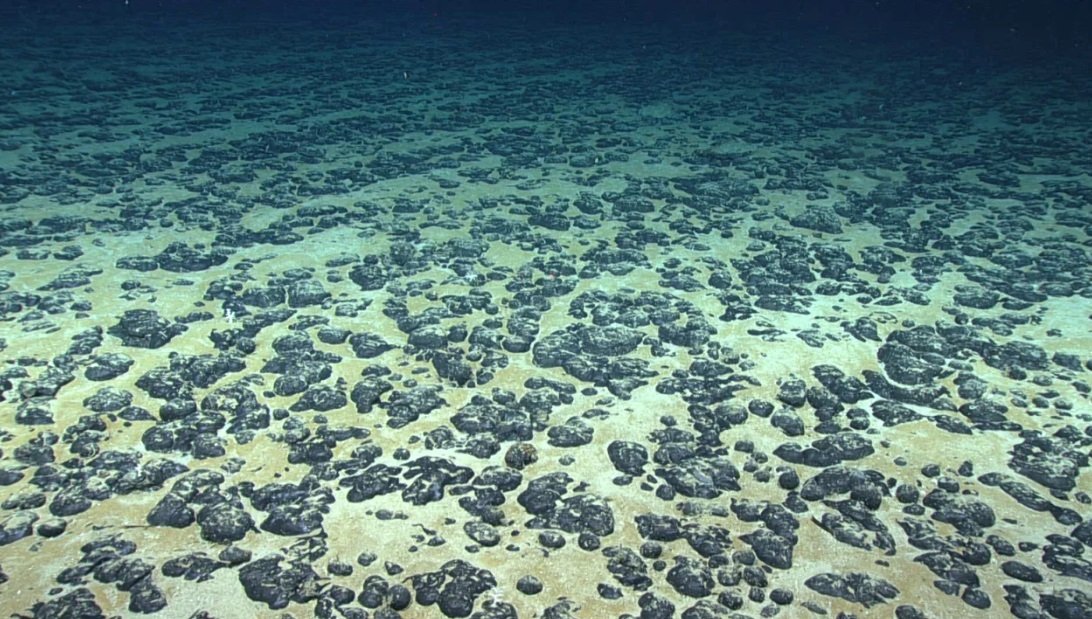According to CNN, 2022 data from the US National Oceanic and Atmospheric Administration shows that although humans have explored the surface of the ocean floor for tens of thousands of years, only about 20% of the seabed area has been explored.
Researchers often say that traveling into space is easier than plunging to the bottom of the ocean.
Dr. Gene Feldman, emeritus oceanographer at NASA, said: “In reality, we have clearer maps of the Moon and Mars than we do of Mars.
There is a reason why human exploration of the deep sea is so limited.
The Titan submersible is missing while exploring the wreck of the Titanic at a depth of about 3,800 meters underwater.
`Searching underwater is quite complicated, because the ocean floor is a lot rougher than on land,` said Dr. Jamie Pringle at Britain’s Keele University.
If the Titan submersible does not reach the ocean’s surface, search and rescue teams will need to rely on sonar, a technique that uses sound waves to probe the ocean’s opaque depths, to determine its location.
The first submarine was built by Dutch engineer Cornelis Drebbel in 1620, but it got stuck in shallow water.
A major step forward in human exploration occurred in 1960 with the historic dive of the Trieste to Challenger Deep, located 10,916 meters underwater.

Only a few missions since then have returned humans to such depths, and these journeys were extremely dangerous.
According to NOAA, for every 10 meters you move below the ocean’s surface, the pressure increases by one atmosphere.
During a dive to the Trieste ship in 1960, passengers Jacques Piccard and Don Walsh said they were extremely surprised to see the creatures living here.
According to the Woods Hole Oceanographic Institution (WHOI) in Massachusetts, while the ocean floor ranges in depth from 1,000 meters to 6,000 meters, deep-sea trenches can be as deep as 11,000 meters.
Scientists were first able to prove that life exists below 6,000 meters below the seabed in 1948.
The discoveries at Challenger Deep were remarkable, as people saw brightly colored rock outcrops that could be chemical deposits, super-giant shrimp-like amphibians and bottom-dwelling Holothurians or
Mr. Feldman also recalled his dive in the 1990s, when he saw a giant squid lurking in the inky depths of the ocean.

A new world also opened up in the 1970s, when a completely unfamiliar ecosystem was discovered by marine geologist Robert Ballard, then of WHOI, in the waters near the Galápagos Rift.
Researchers at WHOI and NASA have collaborated to develop unmanned autonomous underwater vehicles that can descend through the complex terrain of trenches and withstand pressures 1,000 times greater than
From a scientific perspective, trips to the ocean floor do little to advance our understanding of the ocean’s mysteries.
“Humans like best things,” Mr. Feldman said.
But humans only see with the naked eye a very small percentage of the deep ocean, and a very small area of the ocean floor has been mapped.
According to Mr. Feldman, the reason is largely due to cost.
According to scientists, ocean mapping helps us understand how the shape of the seafloor affects ocean currents and where marine life occurs.
Source: CNN










